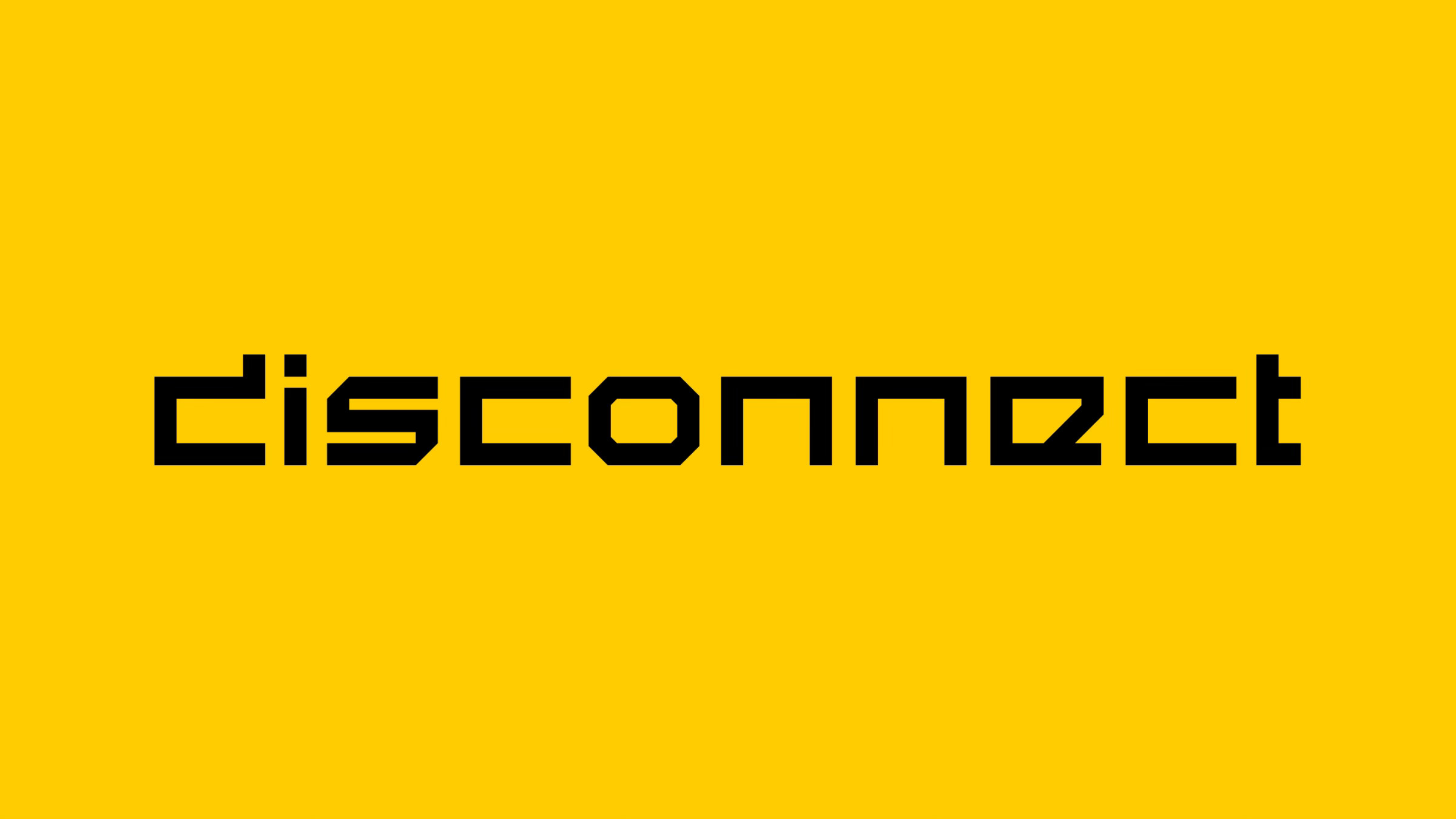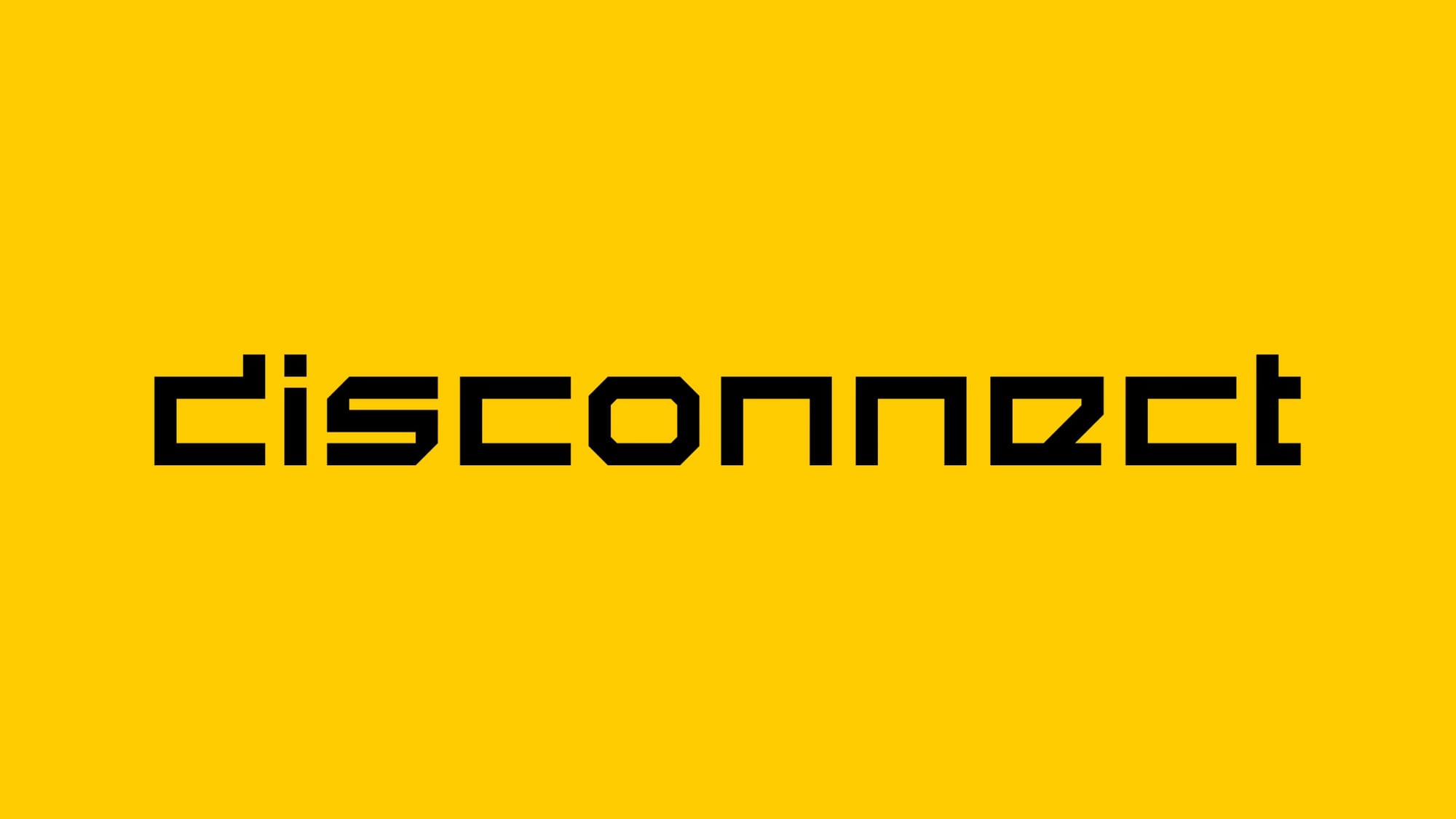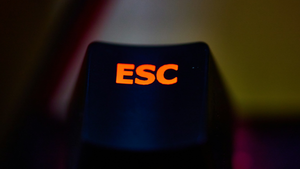AI is wreaking havoc on the climate, Elon Musk is the extreme right’s new best friend, Silicon Valley is paying fealty to the MAGA movement, and who knows what new horrors the industry has planned for 2025. It’s more important than ever for people to understand how this industry really works and how its dominant players are destroying the world around us.
For nearly two years, Disconnect has been providing readers with essential insight that’s hard to find anywhere else.
In 2024, I wrote pieces on tech’s embrace of the extreme right as it coalesced around the Trump campaign, explored issues with data centers and generative’s climate impacts, and did a series of articles on the state of the internet, how we got here, and where we might go next. I dug into the TikTok ban, Mark Zuckerberg’s rebrand, Bill Gates’ deceptive climate narratives, and how none other than Kara Swisher has falsely positioned herself as a renegade truth teller. And that’s just the tip of the iceberg.
The critical analysis Disconnect provides is more important than ever, but after nearly two years, it’s time to make some changes to meet the moment and reinvigorate it for this next stage of the tech dystopia.
I’d like to introduce you to the new and improved Disconnect.

It’s not just the look and logo that have changed. Disconnect is back on Substack to expand its reach and make it easier to keep up the conversation around these issues with readers. Plus, I have a whole new content plan I’m excited to start rolling out.
Here’s what free subscribers can expect:
- Weekly critical tech analysis. In 2025, expect an even deeper focus on the global consequences of the alliance between tech and the extreme right, along with the climate chaos being unleashed by the industry’s push to make us all adopt generative AI. Silicon Valley is determined to double down on dystopia to serve its own interests, including by investing heavily in new war technology to sell to the US government, but we need to be thinking about how we stop the terrible future they have in store for us.
- The Year of the Luddite. To that end, I want us to make 2025 a year when the luddite ethos is resurgent. Technology and the industry behind it is not inherently positive or progressive — and we need to be ready to challenge tech that doesn’t serve the collective interest. Throughout the year, I’ll be putting a spotlight on people and projects doing just that.
If you become a paid subscriber and help ensure I can keep doing this work, you get even more:
- Additional analysis to go even deeper. That means occasional pieces providing further insight into the madness of our tech oligarchy and what it means for how the rest of us live — exclusively for paid subscribers.
- Monthly “what you missed” recaps. Instead of the weekly roundups, we’ll be moving to a recap of some of the best critical tech writing you might have missed over the past month.
- Quarterly reading lists. Four times a year you’ll get an early head’s up about critical tech books coming soon that you might want to grab.
- A new diary series. I need to be a little vague on this one for now, but I have an exciting new project I’ll be announcing soon and paid subscribers will get a special look at the work I’m putting into it.
Become a paid subscriber today to get the full Disconnect experience and ensure I can keep doing this important work.
Why Substack?
I launched Disconnect in February 2023 and through its first year I was regularly meeting or exceeding the targets I’d set for subscribers and paid supporters. I was excited about the trajectory the newsletter was on and making plans for its future. But soon after moving to Ghost last year, the newsletter’s growth effectively flatlined, stifling those plans and eventually sapping my motivation too. As 2025 approached, I started to reflect on what it would take to reinvigorate Disconnect — and that meant making some tough decisions.
When I moved the newsletter off Substack, a number of writers I respected like Max Read and Parker Molloy refused to do the same because they believed that leaving the platform would make their newsletters unviable. Max Read, for example, explained that while Substack was good at sending emails, the real reason he was staying despite everything was because of the network effects.
In addition to “writing emails” and “sending emails,” the other main thing you need to do as a subscription-newsletter proprietor is find new readers. Even if you don’t want the business to grow in absolute terms, and would be happy to maintain a constant level of revenue, subscription businesses need to bring in new subscribers to make up for “churn,” or the regular portion of subscribers who cancel.
What makes Substack valuable to publishers is that it leverages its size and newsletter network to bring me new subscribers without me having to do anything.
Last year, amid the stress of having to respond to the controversy and plan a platform migration over the holidays, I thought people like Max must be wrong; that they just weren’t willing to make a difficult choice. But my experience of the past ten months has taught me the opposite. Sadly, he was right: Not being on Substack made having a viable newsletter — at least of the type I write — far more difficult.
Existing on the modern, highly commercialized internet — especially when it’s how you make your living — always entails some form of compromise. Over the past year, we’ve seen loads of people jump ship from Elon Musk’s Twitter to use and vigorously promote Threads, a platform run by company that contributed to a genocide (along with so much more). Meanwhile, a lot of the major social platforms we use — Facebook, Instagram, YouTube, and even places like Twitch — have been rolling back content rules and laying off moderation staff as they saw Musk’s Twitter/X get away with it and the changing political winds in the United States.
On the “creator” front (or whatever you want to call it), people who moved to Ghost continued to use Shopify to run their online stores, a company that’s long defended its choice to provide its services for stores selling Nazi memorabilia and far-right merchandise. Ghost itself promotes the fact that Quillette, a right-wing online magazine most closely associated with the “intellectual dark web,” is one of the highest grossing websites using its software, while competitor beehiiv courts the scam-laden crypto and web3 industry. All of these platforms have their flaws.
Already, with my podcast Tech Won’t Save Us, I’ve had to accept that with Patreon. I often disagree with the decisions Patreon’s leadership makes for the platform and I’m sure I’d find plenty of projects I’d vehemently disagree with on there if I went looking for them. But I know that if I’d chosen somewhere else, it likely wouldn’t be financially sustainable in the way it is — because that’s where people are used to going to support podcasts they like. The past year has made me feel Substack serves that role for newsletters better than anywhere else.
Does anything change for existing subscribers?
If you’re a paid subscriber, you don’t have to do a thing; your subscription will automatically port over because it’s all handled by Stripe. If you run into any trouble, just get in touch.
If you’re not a paid subscriber, well, what are you waiting for?





Member discussion